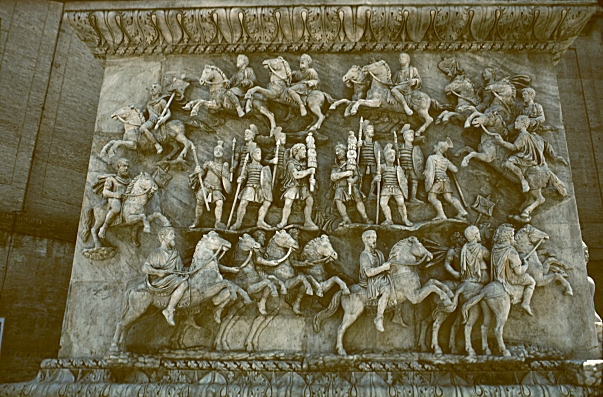
I won tickets to London Fashion Week?!

...if the classicizing style aims at perfectly constructing the depth and the three-dimensional representation of space in order to reject the pictorial flatness, Courbet instead created his own creative style to carefully render each separate figure in a unique space and at the same time achieve in suggesting the perspective atmospherically, not necessarily linearly. Consequently, the vignette-like quality of the spatial representation of Siesta during the haymaking season stems from Courbet’s attempt to present to the viewer a different system of truth-claim by representing the whole without sacrificing the essence of the part. If the Academic style dictates a certain pre-determined formula, Court does the opposite. He challenged the contemporary conventional representation of space and avoided sacrificing the ability to depict each figure in the pursuit of a perfect “whole.”







Abstraction enables capacities to be separated from specific problems, to be generalized, and flexibly adapted to other problems.
- John Heskett
L'exactitude n'est pas la verité.
- Matisse
Good design is good fit between form and context
- Christopher Alexander
Style by its very nature includes some features and excludes others: this is the essence of style, without exclusivity there is no style, without style there remains but fleeting fashion.
- Cliff Moughtin
Space is the medium of the urban experience.
- Roger Trancik
Criticism is not to judge works by a general ideal, but is to search out the individual ideal of every work.
- Friedrich Schlegel.
The grid is “an organized set of modules that allow for manipulation and creativity.”
- Hannah Higgins
Public space is the stage upon which the drama of communal life unfolds.
The mark of a great City is in how it treats its ordinary spaces, not its special ones
- Aaron M. Renn
...all art represents, in part, psychological struggle with the work of our parents’ generation...
- Nicolai Ourossoff
Rejections and revivals of the classical tradition are an enduring part of architectural history.
- Ada Louise Huxtable
The beauty [of a painting] does not really lie in the picture, but in the subject matter
- Gombrich

